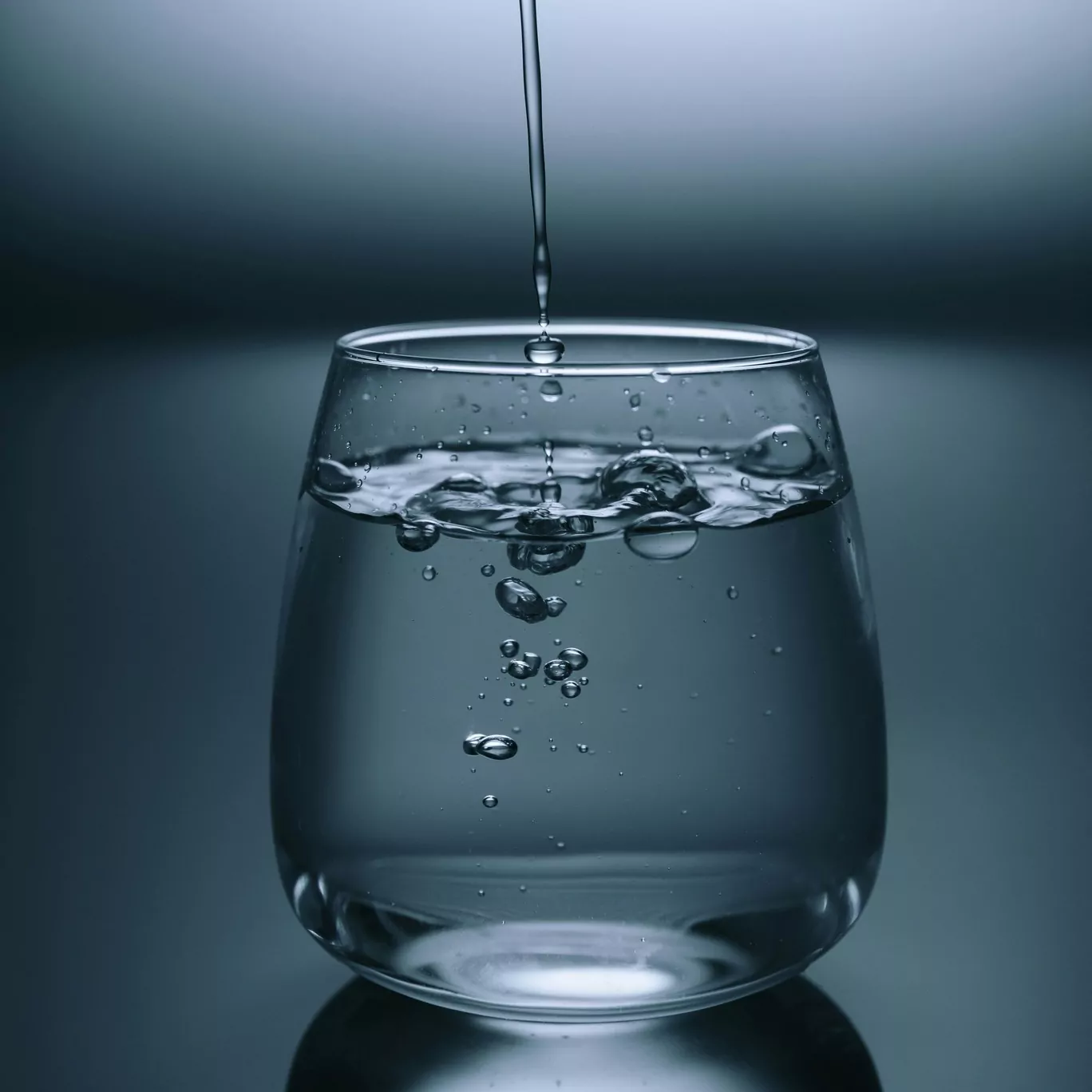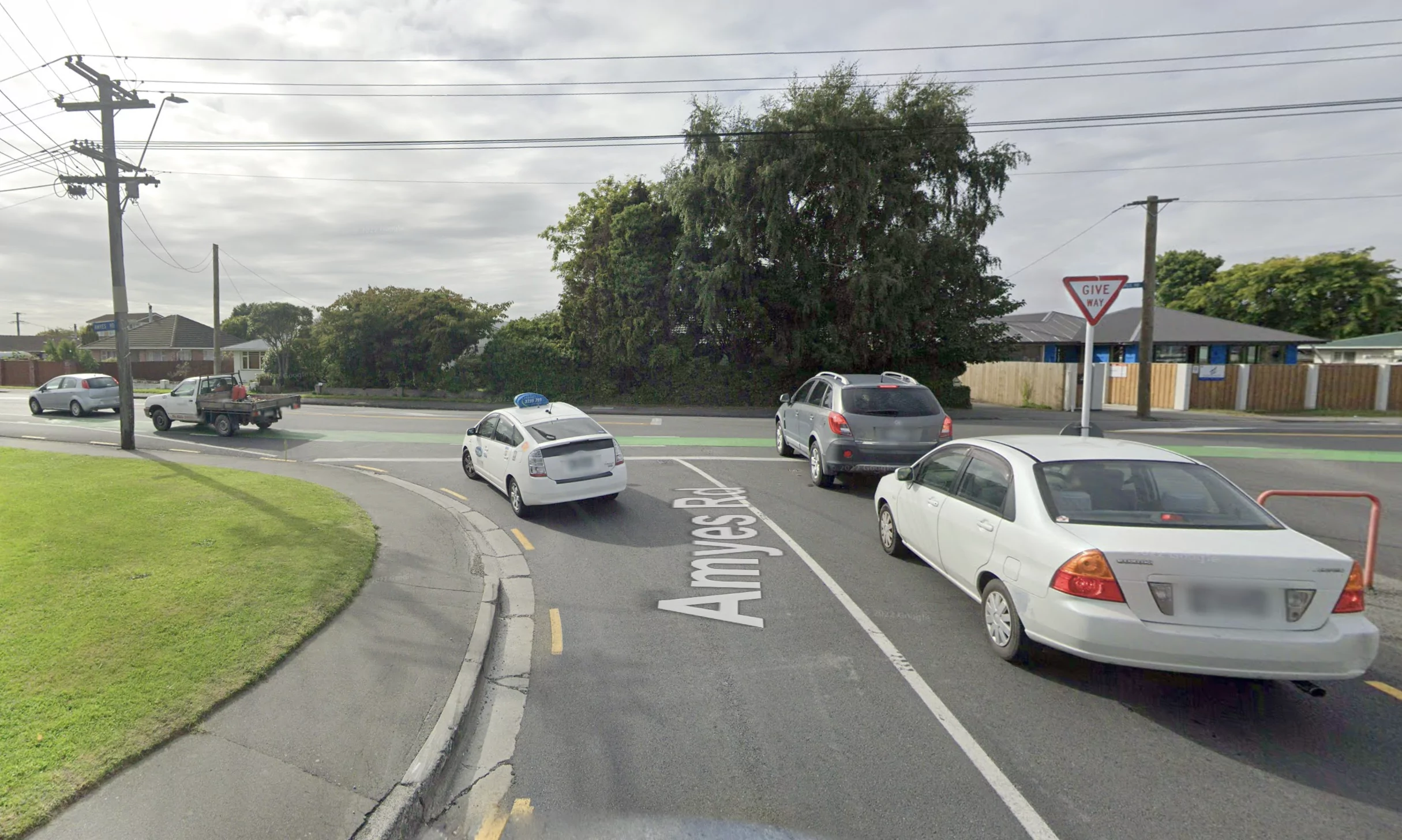The boss of New Zealand’s Water regulator has fronted Council on Tuesday to discuss water chlorination and long-standing public concerns about the treatment of the city’s water supply.
Taumata Arowai’s Chief Executive Allan Prangnell said a new report on Christchurch’s water quality is still being finalised, but said he wanted to speak directly with the Council to help shape how the findings could be communicated to the public.
“There’s a communication piece here, which is why I wanted to come and talk to you first,” he said. “The report is not finished, so we still want to work with you on finalising it before publishing.”
He said the key risk to water safety is not the quality of Christchurch’s source water, which is widely regarded as world-class, but the vulnerabilities in its distribution network, particularly post-earthquake.
“There are weaknesses there, and you’ll know yourselves from the condition of those networks,” Prangnell said. “The risk you’re managing is not the purity of the groundwater, it’s the condition of the distribution system by the time water reaches their house.”

Taumata Arowai Chief Executive Allan Prangnell
Christchurch residents have consistently resisted chlorination, having historically received unchlorinated water without health issues.
Prangnell acknowledged the challenge of explaining the role of residual chlorination and said Taumata Arowai would continue working with the Council on its exemption application.
Taumata Arowai is New Zealand’s water regulator, created after the 2016 Havelock North contamination outbreak, which left more than 5,000 people ill and was linked to four deaths.
The agency was established to oversee the safety of drinking water and the environmental impact of wastewater and stormwater systems.
The Council confirmed that a new virus study is underway to support the city’s case for removing chlorine from its drinking water network.
Environmental Science and Research with Council and Environment Canterbury, are investigating whether viruses like norovirus are present in deep groundwater bores.
The study uses a new testing method that detects a harmless virus found in the human gut, acting as an indicator of viral contamination in the same way E. coli signals bacterial contamination.
So far, around 90 samples have been taken from Christchurch, Selwyn and Waimakariri districts.
None have shown evidence of human viral contamination.
The final report is expected by July, but the Authority has made clear that chlorination will remain necessary in the meantime to comply with existing distribution rules.
Any potential changes to those rules would not take effect before 2027.









